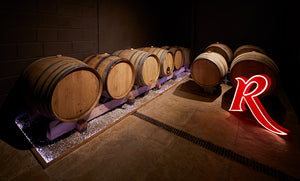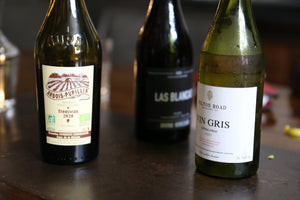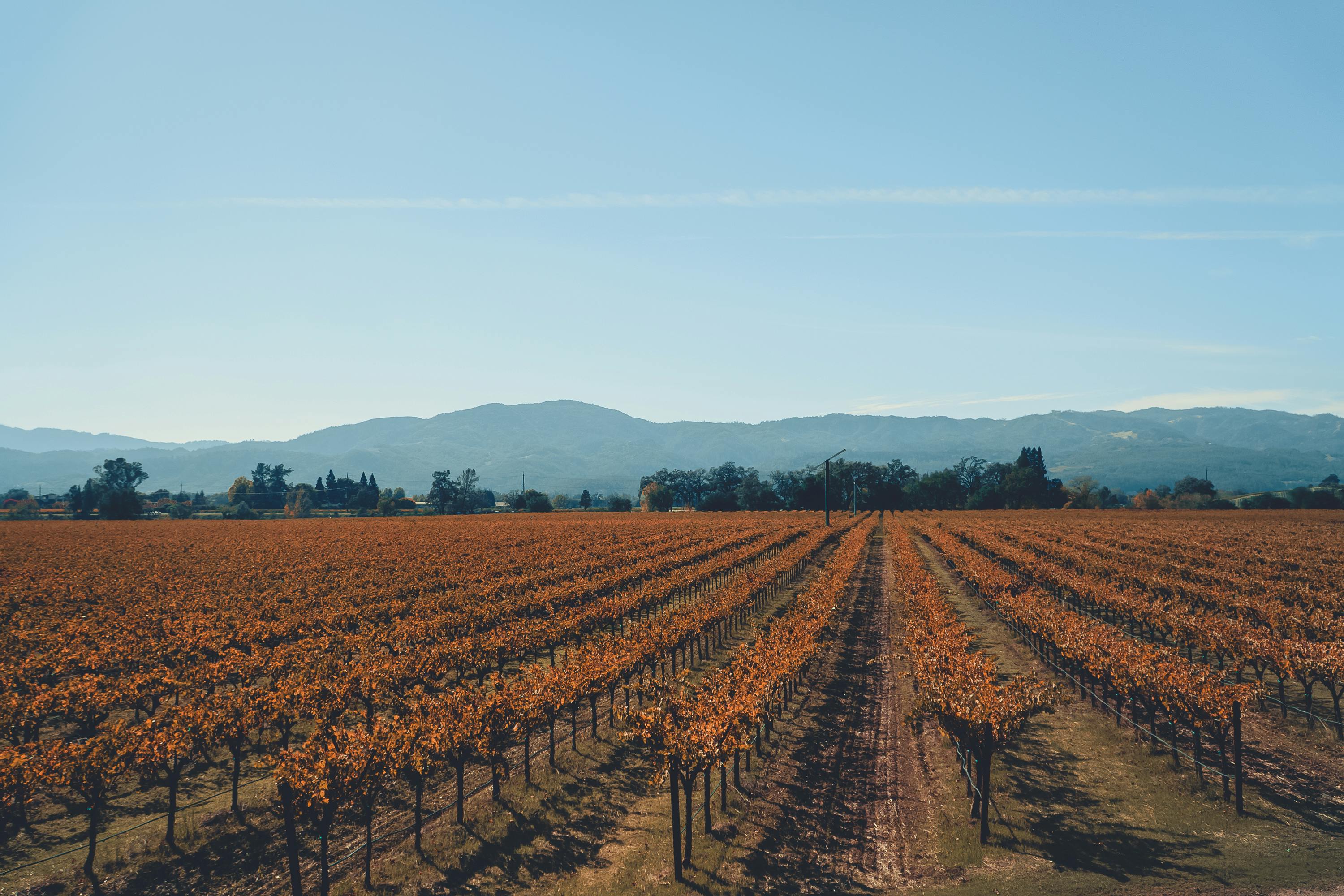In the ever-evolving world of wine, the US consistently emerges as a ground for innovation and rediscovery. When it comes to California, your mind probably jumps straight to the blockbuster hits: the bold Cabernets of Napa, the sophisticated Pinot Noirs of the Sonoma Coast, and the robust Zinfandels of Lodi and Paso Robles. But let's dive into the undercurrents, where a lesser-known star is rising, capturing the hearts of the avant-garde winemakers and those with a taste for the beautifully unique. Recently, an enlightening article featured on Jancis Robinson's website has cast a spotlight on an up-and-coming grape: Trousseau. This obscure grape, with roots nestled in the Jura region of France and the Douro region of Portugal, is now making waves across California's boutique vineyards. This isn't just another wine trend; it's a viticultural revelation, and here's why every wine enthusiast should sit up and take note.

Have You Met Trousseau?
Yes, you read that right. Trousseau. If that name doesn't ring a bell, prepare to be enlightened. Once cloaked under the guise of 'Grey Riesling' and nearly lost to the annals of wine history, Trousseau Gris and its Noir counterpart are helping redefine California's wine narrative. And for those in the know, nodding along with a glass of this un-sung jewel in hand, you understand the excitement. Trousseau, with its origins in the fog-laced Jura region of France – that picturesque locale nestled against Switzerland – is the grape du jour among many of California's star winemakers. And yes, we've been championing this delightful varietal here at Roberson, sourcing from trailblazers like Jolie Laide and Arnot Roberts, who've been instrumental in its Californian renaissance.

A Grape by Any Other Name...
Would smell as sweet? Trousseau might be a household name in the Jura, but venture into Portugal, and you'll hear whispers of Bastardo, or even Verdejo Negro in Spain. After reading Jancis Robinson's compelling exploration of Trousseau's rise on the West Coast, it's clear that the grape is more than making a comeback. With less than 75 acres planted across California and Oregon, Trousseau's rarity only adds to its allure. Despite this limited acreage, its impact is anything but small, offering a tantalising alternative to the Pinot Noirs and Chardonnays that have long dominated California winemaking. Trousseau Noir is known for its complex notes of strawberry and watermelon, with an undercurrent of spiced orange peel and a splash of juicy tangerine. Its acidity dances on the palate, and its colour? A drop-dead cherry red, deepening to a rich cherry with increased skin contact. It's lighter relative - Trousseau Gris - has an appearance akin to a summer sunset, with hues of peach and orange dominant. Crisp, clean, and aromatic, Trousseau Gris delights the palate with tastes of peaches, honeysuckle, melon, and tropical fruit.
Trousseau Noir vs. Trousseau Gris: A Family Affair
Trousseau Gris is Trousseau Noir's paler sibling, a white mutation that speaks to the grape's versatility. While Trousseau Gris might have once frolicked across California's vineyards under the guise of Grey Riesling, its presence has waned to just a few precious acres. The most celebrated among these? The Fanucchi-Wood Road Vineyard, a name that resonates with rarity and quality.

Why Trousseau Deserves Your Attention
-
An answer to climate change: More than just a novel variety, Trousseau is proving to be adept at thriving in California's evolving climate. Its suitability for coastal vineyards, particularly in the face of warming temperatures, suggests that Trousseau might just be one of the resilient heroes the wine world needs.
- A palette for innovation: The wines produced from Trousseau Gris and Noir are challenging conventions, offering a fresh palette for winemakers to paint with. From vibrant, light-bodied reds to intriguing, complex whites, Trousseau offers innovation in a sea of sameness.
- Rarity and demand: With such limited acreage, Californian Trousseau can be hard to find. This scarcity has not only heightened interest among connoisseurs but has also sparked a renaissance in vineyard plantings, as winemakers rush to be part of this burgeoning movement.
The Roberson Seal of Approval
At Roberson, we're always on the hunt for the extraordinary, and Californian Trousseau has captured our imaginations. It's not just a wine; it's a story of revival, resilience, and revolution. As we explore the nuanced terrains of California's vineyards, Trousseau stands out as a testament to the innovation and pioneering spirit that defines the state's wine culture.
Join the Trousseau Revolution
So, why should Californian Trousseau be on your radar? Because it's more than just the next big thing in wine; it's a vibrant chapter in California's winemaking saga. It's a call to the curious, the adventurers, and the trailblazers to explore the rich tapestry of flavours that this grape has to offer.

TROUSSEAU GRIS 2022 - JOLIE-LAIDE
"Pale orange-gold. Smells of unripe peaches, orange peel and white flowers. Brisk flavours of orange peel, unripe peach, apricot pits and wet pavement have a lovely faint salinity to them. Fantastic acidity and tension, with both the stony and fruity aspects of the wine combining to be simultaneously aromatic, lean and crisp. Very delicious."
- 17.5/20 - Alder Yarrow, JancisRobinson.com

CALIFORNIA TROUSSEAU NOIR 2021 - JOLIE-LAIDE
"Light garnet. Smells of forest berries, wet pavement and dried herbs. Distinctly saline flavours of raspberry and crushed stones mix with dried herbs and dried citrus peel. Fantastic acidity and deeply mineral notes linger with the dried herbs in the finish. Savoury, crunchy but mouth-watering at the same time. Outstanding."
- 17.5/20 - Alder Yarrow, JancisRobinson.com

NORTH COAST TROUSSEAU 2022 - ARNOT-ROBERTS
"Pale ruby with a hint of orange. Aromas of sweet forest berries, ripe watermelon and dried herbs. Powdery tannins wrap around a stony core of strawberry and sour-cherry fruit that is at once both sweet and tangy, while also being deeply mineral. The volcanic nature of these soils comes through distinctively with that crushed-rock sensibility one would find in the best Etna Rossos. Outstanding acidity, great balance and poise, not to mention being utterly delicious."
- 18/20 - Alder Yarrow, JancisRobinson.com




